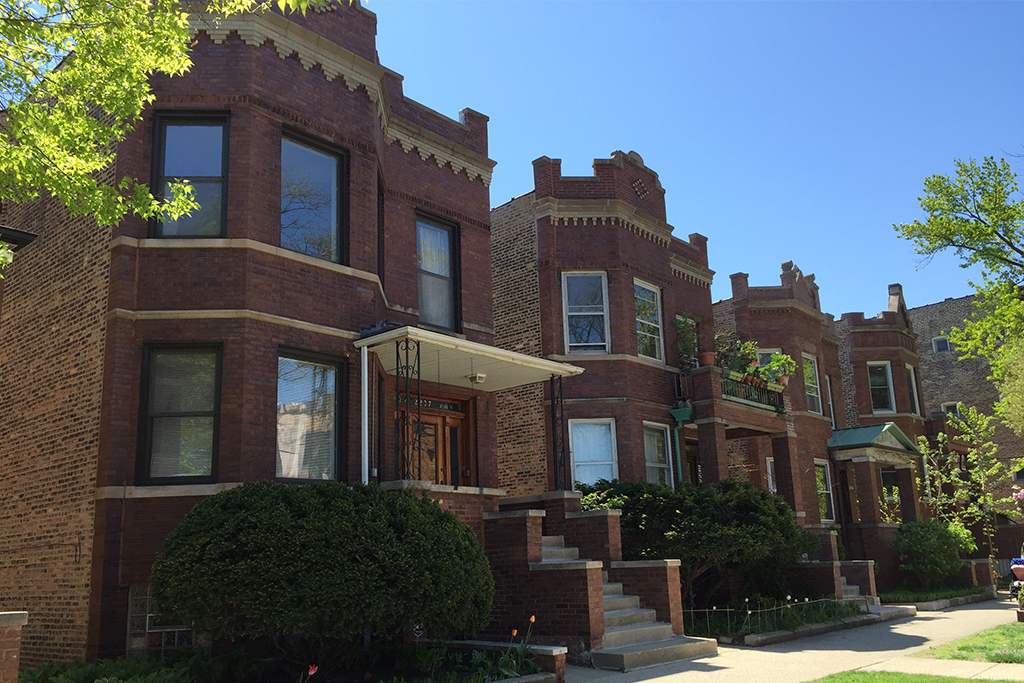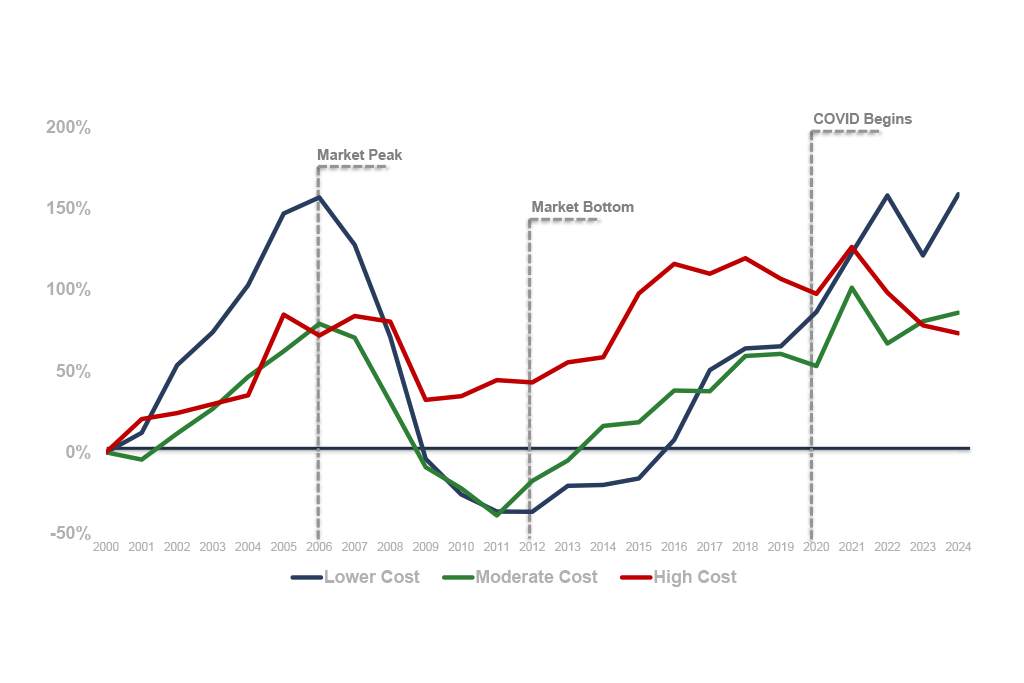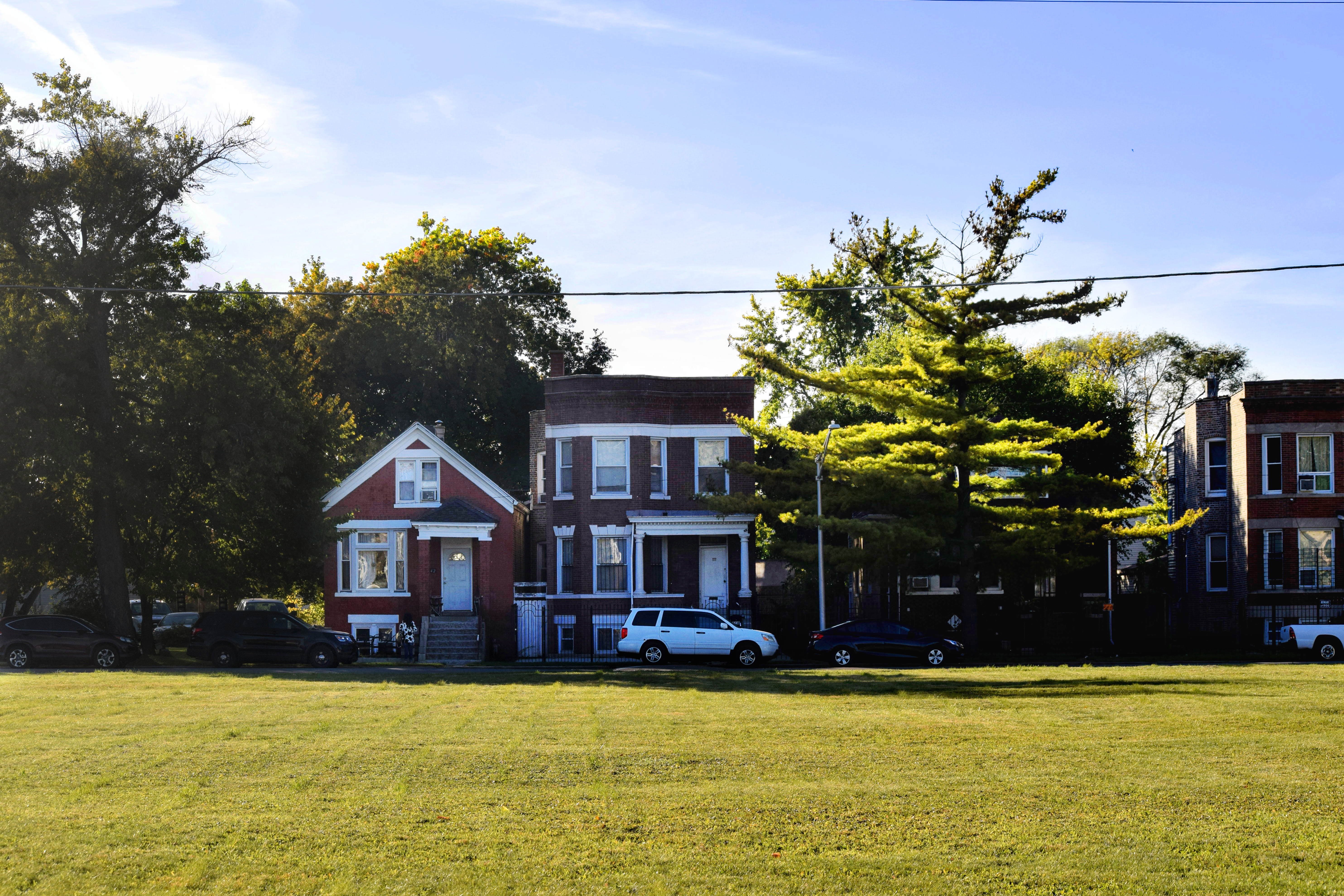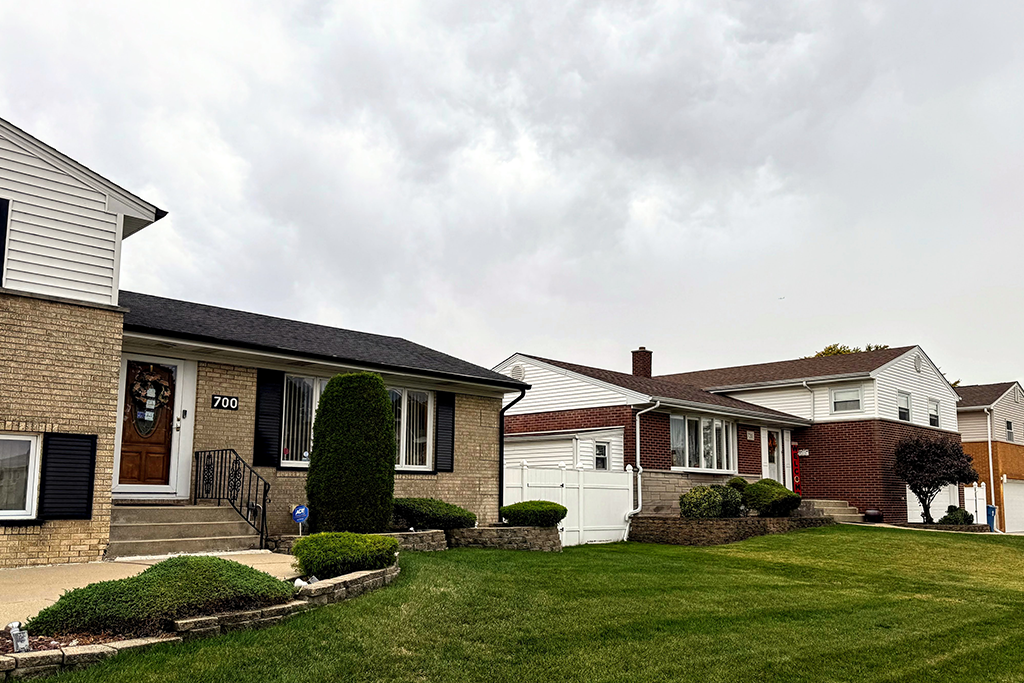IHS is excited to announce that our research on the loss of 2 to 4 unit buildings in Chicago was published in the Spring 2024 issue of Cityscape! Cityscape is a journal published by the U.S. Department of Housing and Urban Development featuring original research by scholars and practitioners on community development, housing, and related urban issues facing cities across the US. The Spring 2024 issue is a special edition that showcases innovative uses of local administrative data to raise awareness of emerging urban challenges and inform local policy development efforts.
The abstract of IHS's paper, "Assessing How Gentrification and Disinvestment-Related Market Pressures Drive the Loss of Small Multiunit Housing in Chicago Neighborhoods" highlights the key findings:
In the city of Chicago, two- to four-unit buildings play a crucial role in the housing stock. These buildings provide affordable rental housing, homeownership, and income-generating opportunities and make up a substantial portion of Chicago’s communities of color housing supply. However, there are substantial concerns that the city’s supply of these buildings is disappearing. For this research, the authors use historical parcel- level data from the Cook County Assessor’s Office to analyze changes in the housing stock makeup of neighborhoods throughout Chicago, quantify the losses in two- to four-unit buildings, identify what happened to these properties, and assess the underlying real estate market factors behind the loss of these buildings.
The authors find that nearly every neighborhood in Chicago is losing two- to four-unit buildings, but the reasons for the losses vary. In higher-cost neighborhoods, shifting housing demand toward higher-income owner-occupants means that older, smaller rental properties are targeted for conversion to either high-cost single-family homes or condominium buildings. This type of market activity reduces the supply of lower- cost rental housing, potentially making these communities less affordable for modest-income renters and driving displacement pressures. In lower-cost neighborhoods with long histories of disinvestment, two- to four-unit buildings are commonly demolished, becoming vacant land. This type of market activity also leads to a loss of housing in these neighborhoods, presenting potential barriers to reinvestment.
These results indicate that there is an urgent need for interventions to protect two- to four-unit buildings and that these interventions must be informed by an understanding of the neighborhood housing market conditions driving this activity. This research adds to the literature by highlighting the critical role that two- to four-unit buildings play in housing affordability for both renters and homeowners and also profiling the spectrum of challenges they face.
The article was written by IHS staff members Sarah Duda, Geoff Smith, and Yiwen Jiao and can be read here.






